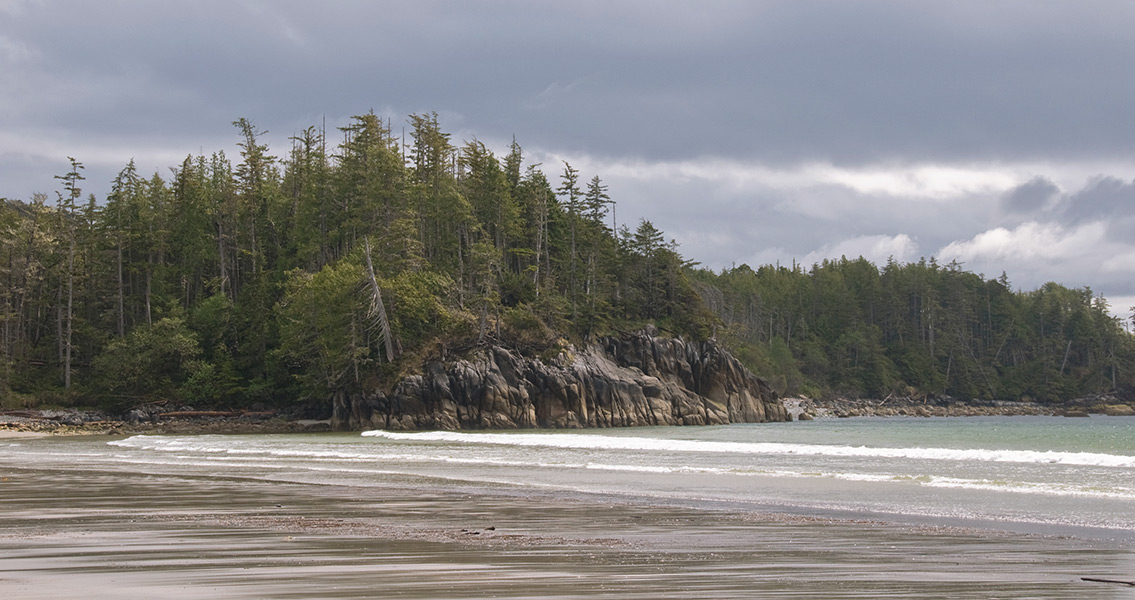<![CDATA[The fossilized footprints of a trio of humans – a man, a woman and a child – have been uncovered in the sands of a remote island off the coast of British Columbia. Calvert Island, which is located around 100 kilometers north of the northernmost tip of Vancouver Island, is noteworthy in that its shoreline has remained relatively unchanged for thousands of years. This makes the island an ideal place for archaeologists to explore for new findings, especially as other regions of coastal British Columbia have undergone massive coastal shifts as a result of ice ages. These unique coastal properties of Calvert Island have paid massive dividends for a group of scientists and researchers who discovered a fossilized footprint on the island late last year; the discovery prompted the team to return in 2015, leading to the discovery of what could be a family of humans that had once huddled around a fire on the coast of the island. Based on radiocarbon dating, the age of the footprints – and the remains of an ancient, well-used fire pit that was discovered alongside these footprints – is anywhere between 13,100 and 13,200 years old. If this date is accurate, the footprints represent the oldest evidence of human habitation in not just British Columbia, but the entirety of North America. It is exceedingly rare to discover fossilized human footprints, especially those older than 10,000 years; the oldest known footprints in the Americas, which have been dated to 14,500 years old, were found in Monte Verde in Chile. According to Duncan McLaren, an archaeologist from the University of Victoria involved with the excavation, the team is quite excited about the prospect of confirming the age of the Calvert Island footprints. The scientist says he has plans to duplicate the radiocarbon dating to finalize the date of the footprints and the remains of the camp fire. The significance is high, McLaren added, remarking to the National Post that “often in Canada and North America the history of the land is glossed over as being very recent, but if you look at the archaeology it’s showing there’s a very long-term history of occupation and land use going back 13,000 years.” In fact, the archaeologist says that there is evidence of human habitation within the region dating well past the 14,000 year mark – there just hadn’t been any discoveries of human footprints coming anywhere close to that date until the Calvert Island find. The research team that McLaren is part of is composed of an interdisciplinary group of organizations including the Heiltsuk and Wuikinuxv First Nations and the Hakai Institute in addition to the University of Victoria. The researchers purposely selected regions close to the shoreline of Calvert Island for their excavation projects in the hope that the unique, relatively static nature of the island’s shore would bear fruit when it came to searching for ancient evidence of human habitation. Image courtesy of Wikimedia Commons user: A.Davey ]]>
13,000 Year Old Fossilized Footprints Found in Canada
